
Imagine a day when a good number of us who live in the Nicoya Peninsula go out for a walk to look for troops of monkeys near our homes. Now imagine that this simple and recreational action could prolong their existence and help reduce the threats that put their lives at risk.
That is what the Salvemonos (Save the Monkeys) organization wants: to do the first approximate count of the primate population that inhabits the entire peninsular region, from the Gulf of Papagayo to the district of Cobano, in Puntarenas. To achieve this, they need the participation of people who live in all of the peninsula’s communities.
In addition to the count, the organization wants to find out the impact of electrocutions, being hit by cars and other accidents that threaten their lives. Both sets of data will allow them to continue developing conservation and preservation strategies for this species, such as installing overhead passageways, insulating wires, pruning branches and reforesting.
These actions are essential in a region where animals struggle to survive amid urban development. In Hermosa Beach alone, Salvemonos has registered 754 wildlife accidents in the last 10 years, of which 606 were electrocuted monkeys. Of these, 80% died from the impacts of the electric shock.
Salvemonos member and researcher Ines Azofeifa has studied and verified that in Hermosa Beach, there is a relationship between the availability of overhead passageways and primate population growth, as well as between insulation of electrical cables and the decrease in mortality.
We want to take this to the entire peninsula because we know that there are hot spots where monkeys die for different reasons, and we can’t work on strategies if we don’t know what the population is,” she explained.
Teamwork
Those who want to participate have until September 31 to register using this form, which asks for basic contact information and place of residence.
In September, the organization will hold training sessions for registered people on topics such as observation techniques, identification of monkey species and the methodology they will use to report the troops sighted, which will be mainly through a telephone.
“In order for the record to be more scientific, the data collected will be filtered according to quality and evidence, be it photo or video. If the person sends evidence but there is no count or location, it’s not taken into account,” she explained.
They will also coordinate the places that each participant will visit so as not to duplicate the troop count.
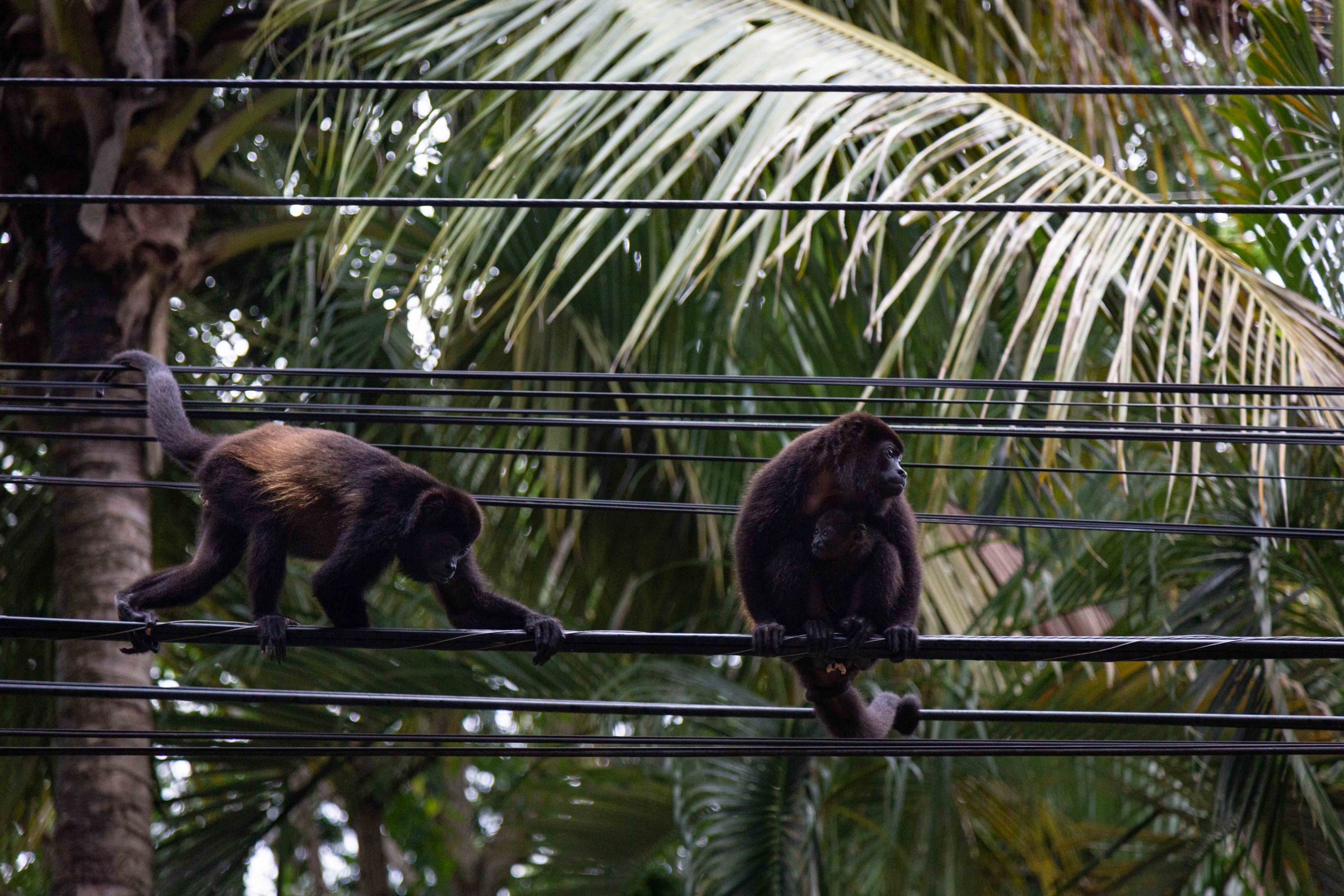
Poorly planned urban growth in communities causes animals to lose opportunities to move around safely. The photo shows howler monkeys hanging from electrical wires in Nosara. Photo: Cesar Arroyo CastroPhoto: Cesar Arroyo Castro
The National System of Conservation Areas (SINAC- Sistema Nacional de Áreas de Conservación) supports the initiative and plans to have their officials in different parts of the peninsula help with counting.
“It will be an approximation of the number of troops that there might be. We don’t expect it to be a census or a population study, but it will be a community participatory research effort that will provide information that can be relevant,” said the subdirector of the Tempisque Conservation Area (ACT-Área de Conservación Tempisque), Mauricio Mendez.
Counting Initiatives
This isn’t the first time that a species count has been done in the region. For example, Salvemonos has done it in previous years but only in Hermosa Beach.
According to Mendez, from the ACT, the institution does two counts per year of jabiru storks.
“This is intended to be a census, because the jabiru is a species with few individuals, and most are found in the wetlands,” said the official.
The University of Costa Rica (UCR) also carried out a national count of primates at the beginning of this year, in which 237 observations were registered. Azofeifa, from Salvemonos, was part of the team that organized it and that is now promoting the count in the peninsula.


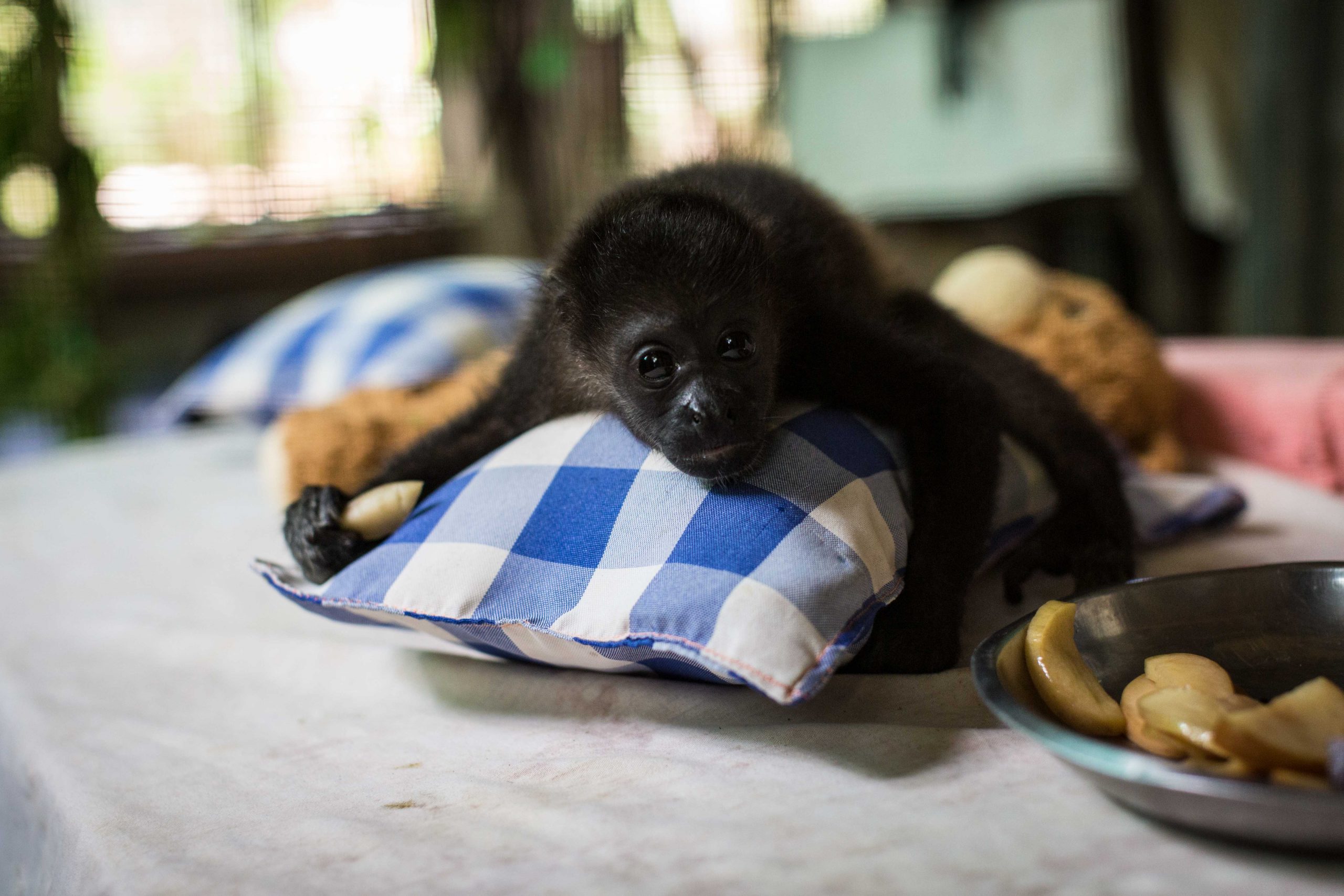
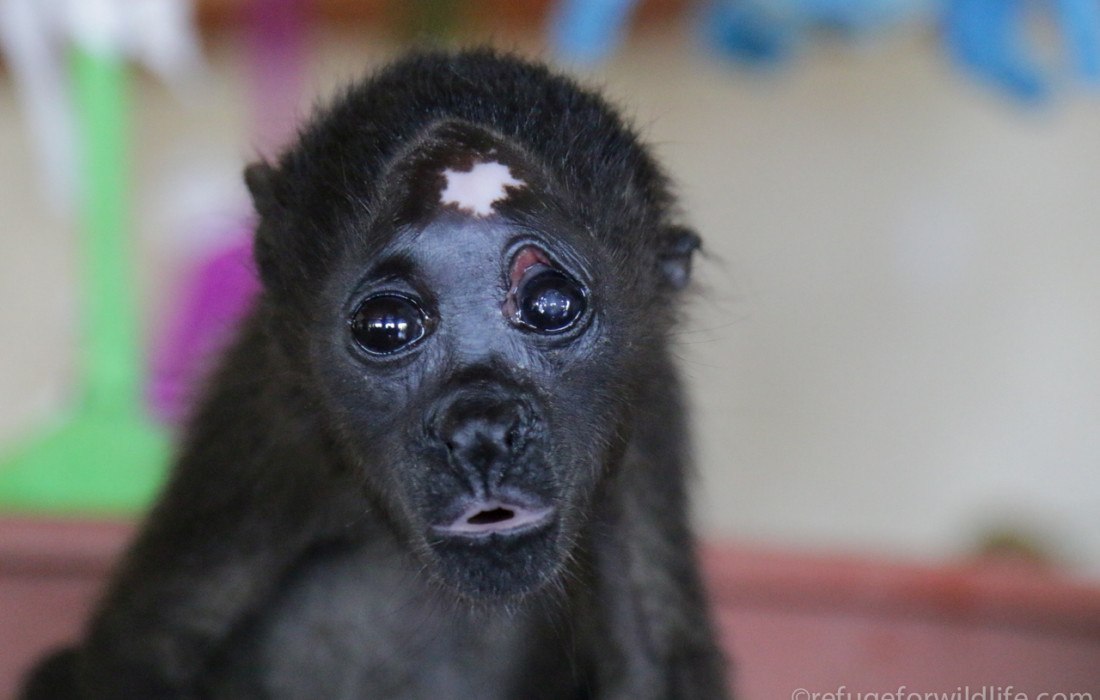
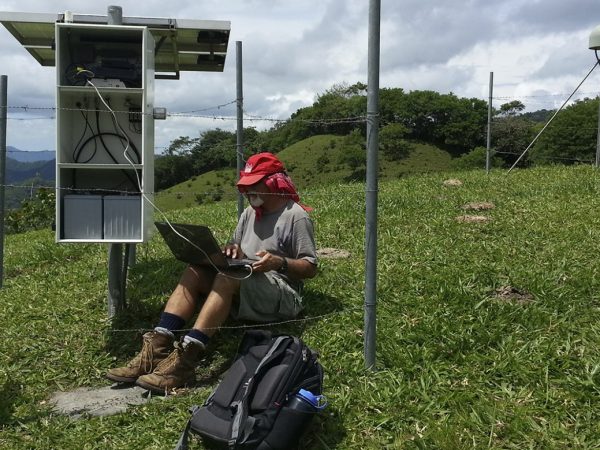
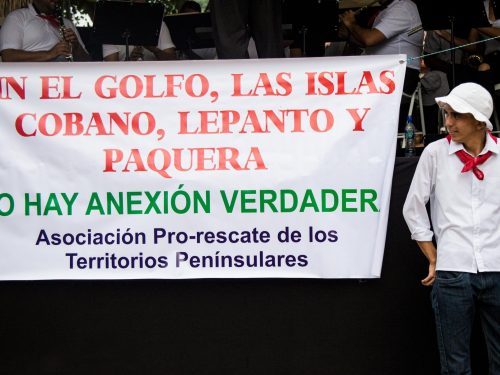

Comments